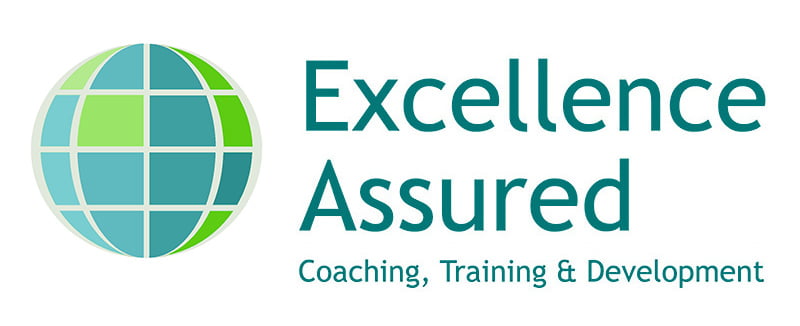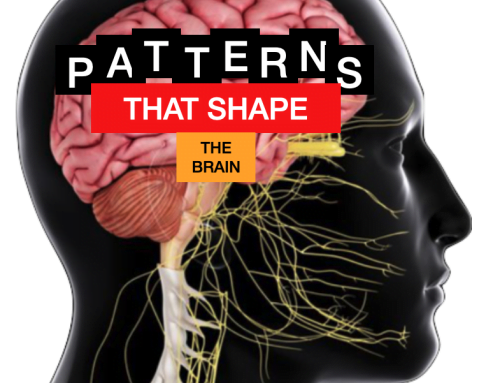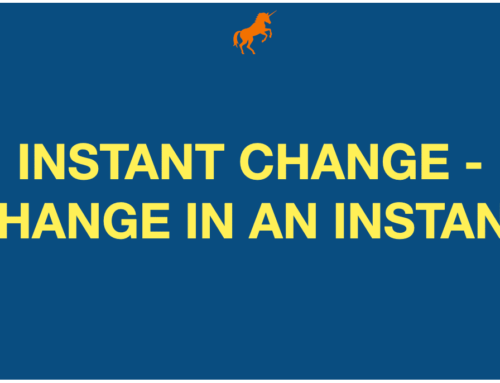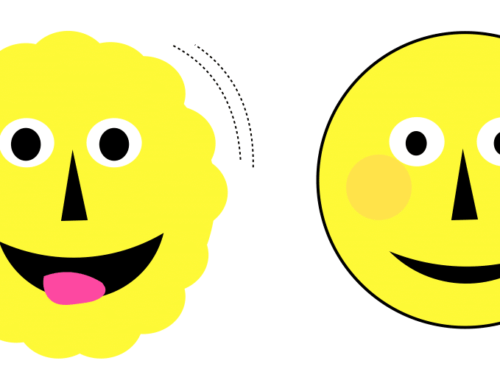So, does NLP work? I mean does it really work to change people? I have heard that it can be effective but you can’t make substantial change in someone overnight can you?
These are the sort of questions that I get asked before someone takes one of our NLP Training Courses.
The answers are, yes it does work, yes you can bring about change in someone (including yourself) through using NLP techniques and processes, and yes you can make the change almost instantly. The key for the NLP Practitioner is to make sure that before they make the intervention, they get the trigger for the behaviour.
Many people in the therapy professions who are sceptical of the power of NLP query the claim that lasting change can be brought about so quickly. The reason for this is down to our neural pathways. These are the pathways that are established in our minds that enable us to carry out a process without thinking about it, our unconscious behaviours.

Scientists now believe that it takes approximately two years in order for one of our neural pathways to be fully formed. So, the thinking in some circles is that since neural pathways take that long to form and they are the things that allow us to run our unconscious behaviours, it cannot be possible to change behaviour instantly.
The fact is that you can change instantly. You have to want to change, and if you do then it is absolutely possible to form a new unconscious behaviour instantly. The key to doing this is what we describe in NLP training as finding the trigger. What is the trigger to the behaviour? What is it that sets the behaviour off?
All of our behaviour is driven by a series of representations that we make internally in our head. Think about getting out of bed in the morning. What is it that you think just before you get up? Some people will say to themselves “it’s time to get up!” Some will get a picture of themselves eating breakfast or relaxing in the shower. Some will get a feeling that they must get up, maybe they feel guilty about laying in bed awake, or they get hunger pangs or they get a feeling that if they stay in bed then they will be late for work.
These are representations, internal representations. Saying something to themselves, making a picture in their head, getting a feeling.
Our behaviours will be made up of a number of these internal representations. We each have different representations and we each have a different sequence of representations before we do something.
If you want to change a behaviour one thing that you can do, and this is where the NLP techniques come in, is that you can change that very first internal representation that you make in your head. If you change that first internal representation, then you can change the behaviour that results from it.
For example. Lets say you have someone who overeats. They describe what process they go through before they decide to eat something, and they say that they make a picture in their head of themselves really enjoying a bar of chocolate. Now, you can understand that if they are doing that, then they are really going to want to eat something. If, say, instead of that picture they made a different picture, for example, they made a picture of themselves looking really slim, with a beaming smile and living life to the full, would they be more or less incline to overeat? Yes, that’s right.
NLP processes therefore work on finding the trigger, the very first thing that we do before we do the unwanted behaviour. If you don’t find the trigger, then it will not work because the behaviour is already running, so finding the trigger is the key. Once we have the trigger, then we make a change to that trigger and the result is that we change the behaviour, and we can do that instantly!
The NLP change techniques that use triggers are the Swish Pattern, Anchoring, Strategies, and Values. You can train in NLP with Excellence Assured and learn these techniques to bring about change in yourself and in others.
We have live NLP training courses in the UK that you can attend and we also train NLP online in our NLP online training centre.







Leave A Comment